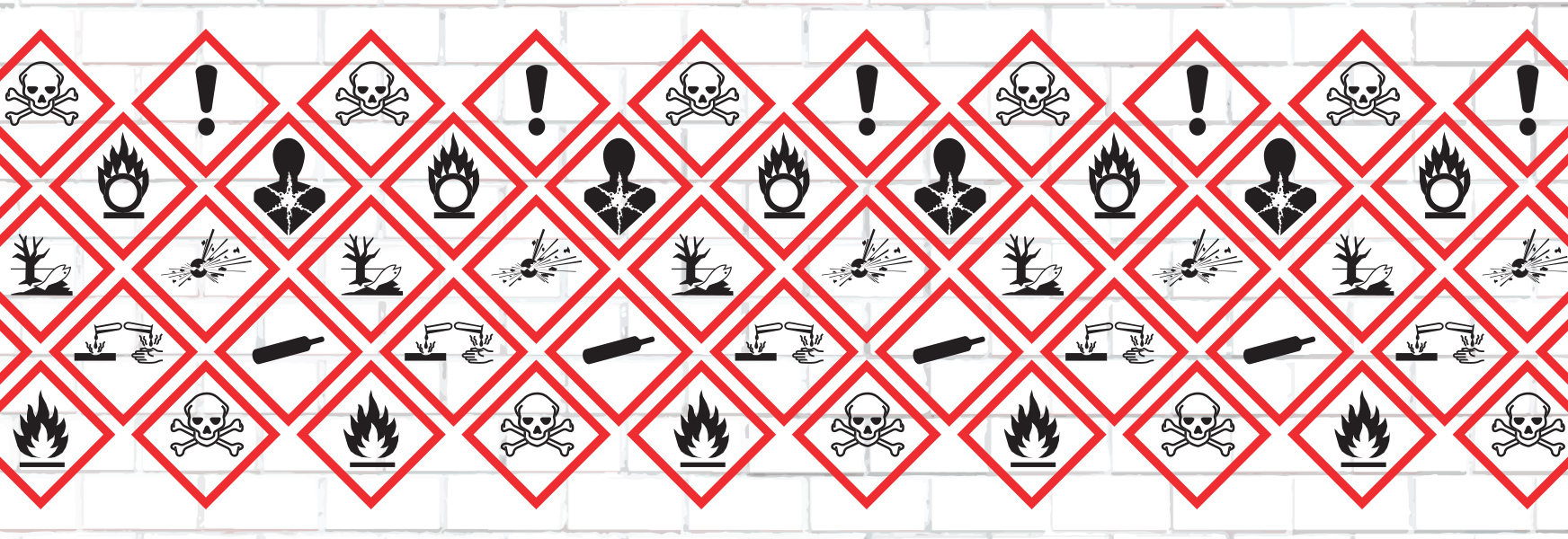Hazard Communication Isn't Hazardous Communication

As the title states, hazard communication isn’t hazardous communication; in fact, it’s downright beneficial to both employer and employee. Oftentimes, as a safety professional, I’m asked the question by a business acquaintance if I can do their annual “hazardous” communication training for OSHA compliance. In reply, I inform the company representative that OSHA’s Hazard Communication standard doesn’t require annual training.
The HazCom standard, as it’s commonly abbreviated, requires that “Employers shall provide employees with effective information and training on hazardous chemicals in their work area at the time of their initial assignment, and whenever a new chemical hazard the employees have not previously been trained about is introduced into their work area.”
For example, a new cleaning solution is about to be introduced by a manufacturing engineer into a certain process. Before cracking the lid open, the affected employees need to receive training on the hazards of the product by reviewing the contents of its safety data sheet (SDS), with documentation of training essential. Perhaps the two most important sections of a safety data sheet are Section 4: First-Aid Measures and Section 8: Exposure Controls/Personal Protection. The latter when properly followed, hopefully, averts the need for the former section to be employed. The other fourteen sections of a SDS offer good information; however, safety & health and chemistry “geeks” might find these more fascinating than the end user. So this, in a nutshell, explains the value of hazard communication training for the employee, i.e. working without harm from recognized hazards. Now, how about the benefit to the employer?
Recently, a temporary staffing agency was cited by OSHA after an inspection was made to a host employer’s workplace. A temp employee was initially assigned as a general laborer with the staffing agency conducting a documented worksite safety review at the time of placement. A few months after assignment, the temporary employee asserted respiratory issues related to working as a welder (unbeknownst to the staffing agency). OSHA responded to the employee’s complaint and conducted the inspection, citing the temp staffing agency under the Hazard Communication standard. OSHA deemed the violation as serious, stating “The employee training did not include the requirements of 29 CFR 1910.1200(h)(3)(i) through (h)(3)(iv)” adding, “The Employer did not ensure that their employees were trained on the hazards they were exposed to at the host site.” The proposed penalty amounted to $5,683.00.
While there is a monetary interest for the employer to ensure proper safety training is conducted, providing a safe place of employment free from recognized hazards and recognition of inherent hazards conveyed to employees with safeguards employed is the ultimate benefit for both employee (the primary asset) and employer. Indeed, communication of the hazards is by no means hazardous communication (provided it’s conducted in a sensitive and tactful way). For more on HazCom, check out these related MEMIC Safety Net posts: HazCom’s Consumer Product Exemption and Meeting OSHA’s Revised HazCom Standard’s Training Requirements.
By Greg LaRochelle

